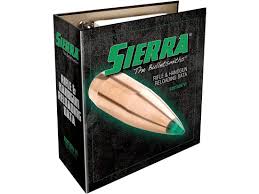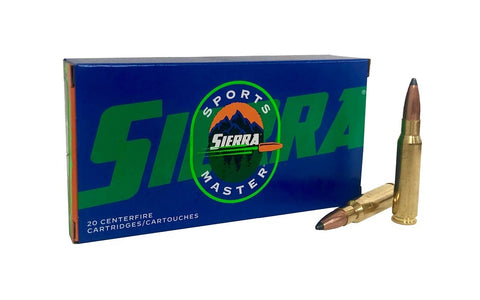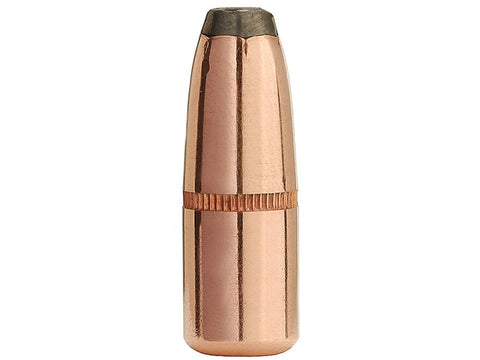Sierra "The Bulletsmiths" Rifle & Handgun Reloading Handbook Edition 6
SKU:
• W.A. Residents only: Bullets cannot be posted. Bullets must be couriered to a Dealer. Please email or call for details.
Sierra Bullets took the opportunity to expand their ballistic testing abilities for the creation of the 6th Edition Reloading Manual. In doing so, they built a dedicated range to fire and test the velocity and pressure of their reloading data. This allowed them to ensure that the loads listed in the manual would fall under SAAMI or CIP maximum pressure limits for a given cartridge.
They utilized a universal receiver to act as their test firearm throughout the load development process. A universal receiver allows operators to affix specially made test barrels that are fitted with Piezoelectric transducers that are specific to the cartridge the barrel is chambered for. This is for the purpose of measuring pressure. In very simplified terms, a Piezoelectric transducer works by turning the force exerted by the expanding case into a low voltage electrical charge, which is then measured by a very sensitive charge amplifier. The charge amplifier then calculates the pressure of the shot from the measured voltage and user input data from calibrations of the specific lot of brass being tested.
To make the best use of these new testing abilities, a new (for Sierra) methodology was necessary. Sierra needed to ensure that every load we listed in the manual stayed under the lessor of SAAMI or CIP Maximum Average Pressures. To accomplish this, they fired rounds to determine which load gave us the maximum pressure recommended, then they fired enough shots at that charge weight to ensure the propellant was stable at that velocity and pressure. If the propellant was not stable at that pressure, they would reduce it to a level that was. After the Max load was safely established, they worked down to a safe minimum load in two to three increments. This method determined our upper and lower limits, allowing them to interpolate in-between.
They also had to take a new approach about how they tested their bullets. When starting load development for a new cartridge, they grouped the bullets by weight, determined proper overall length, and tested to determine which bullet would produce the highest pressure. They used the combination of COAL (Cartridge Over-All Length) and bullet that produced the highest pressure throughout the testing of that bullet weight group. When determining COAL, they sought to test lengths that made the most sense for the intended purpose of that specific bullet in the intended cartridge. They tested MatchKing bullets between .020” and .040” from the lands, where most match shooters find the best accuracy. They tested their hunting bullets at no longer than the max SAAMI COAL. Most of these bullets will be fed from rifles with a magazine.
Actual test equipment is listed in the load data section and should be consulted as required. SAAMI and CIP both specify required barrel lengths for every approved cartridge in their library. With exception to a few rifle cartridges, the test barrels are 24” long from breach face to muzzle. Pistol barrels vary from cartridge to cartridge and represent the average firearm barrel they might be fired from. SAAMI and CIP also specify chamber dimension, barrel twist rates, internal bore dimensions, and transducer locations. Whenever possible, we chambered our barrels with SAAMI or CIP standard chambers so that results would be relatable to the largest number of reloaders as possible. Therefore, you should never start reloading with a charge weight listed as maximum, and you should always check for proper C.O.A.L. in your individual firearm.

Generate Postage Quote
Product Weight: 3.0 kgWe Also Recommend





 Find answers in our Help Center →
Find answers in our Help Center → 


